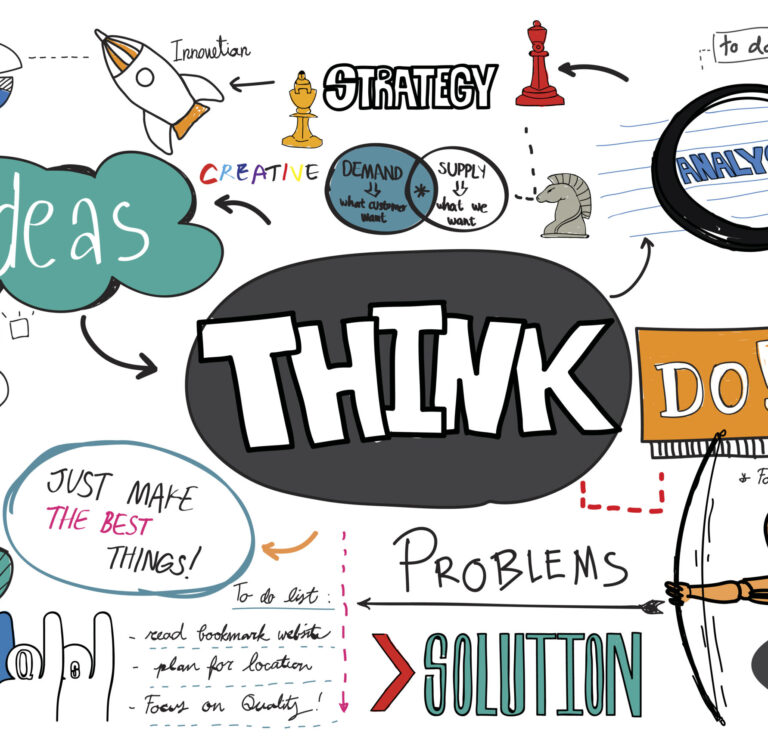Visual Thinking for K-12 Teachers

Trainer: Engy Hammam
Duration: 6 Hours
Objectives
By the end of this training, participants will:
1. Understand the principles and benefits of visual thinking in education.
2. Explore different visual thinking strategies and tools.
3. Apply visual thinking techniques to enhance student learning and engagement.
4. Integrate visual thinking into lesson planning and assessment.
Outline
Module 1: Introduction to Visual Thinking
• What is visual thinking? How is it different from visual learning?
• The science behind visual thinking and how the brain processes visuals.
• Benefits of visual thinking for teachers and students.
• Icebreaker activity: “Draw Your Teaching Philosophy” (Teachers visually represent their
teaching approach).
Module 2: Visual Thinking Strategies & Tools
• Mind mapping and concept mapping.
• Sketch-noting and doodling as a thinking tool.
• Graphic organizers for structuring ideas.
• Digital tools for visual thinking (Miro, Jamboard, Canva, etc.).
• Activity: Teachers create a visual representation of a concept they teach.
Module 3: Visual Thinking in Lesson Planning
• How to incorporate visual thinking in different subjects.
• Visual thinking for differentiation and scaffolding.
• Hands-on activity: Teachers redesign a lesson using visual thinking techniques.
• Peer review and discussion.
Module 4: Visual Thinking & Critical Thinking Skills
• How visual thinking supports problem-solving and creativity.
• Using visual storytelling and diagrams to explain complex ideas.
• Case study discussion: How visual thinking improved learning outcomes.
• Activity: Teachers solve a problem using only visuals (no text).
Module 5: Visual Thinking for Assessment & Reflection
• Assessing student understanding through visuals (one-pagers, visual summaries, etc.).
• Student-created info-graphics and visual portfolios.
• Self-reflection and metacognition using visual thinking.
• Activity: Design a formative assessment using a visual method.
Module 6: Implementation & Action Plan
• Overcoming challenges in applying visual thinking.
• Developing a classroom visual thinking culture.
• Teachers create an action plan for implementing visual thinking in their classrooms.
